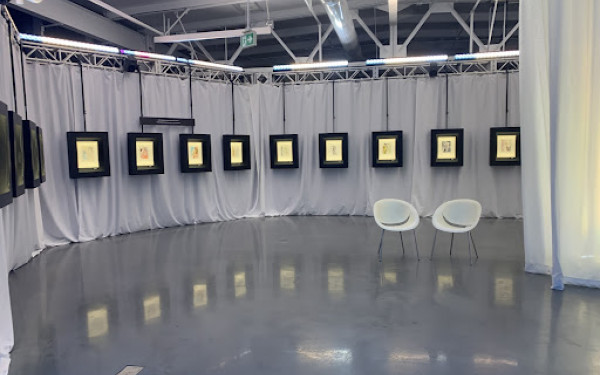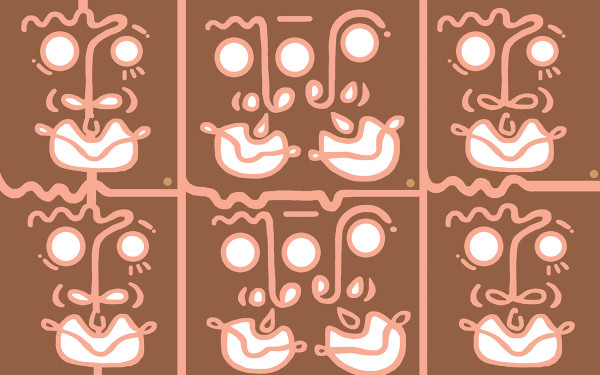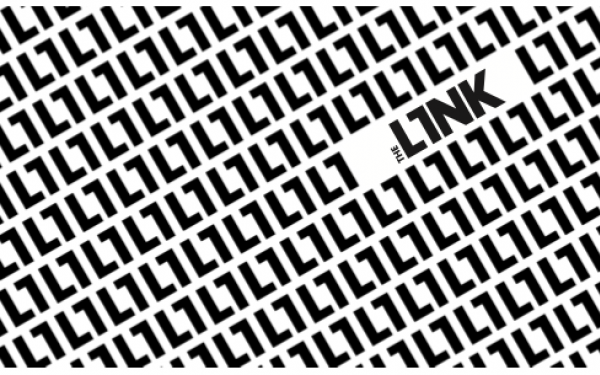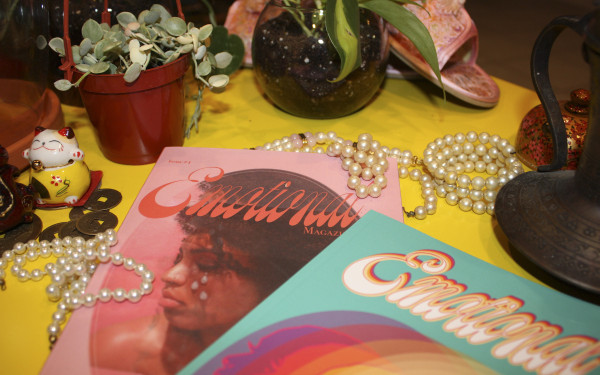Prints for Paupers
Le Cabinet Brings Cheap Printing to Local Photogs
There are generally two options when it comes to printmaking for photographers.
You can go the do-it-yourself way and risk an amateur aesthetic. Or you can go to a commercial printer where a technician will–in exchange for a hefty fee–print your images according to the company’s specifications.
It’s not really picking the better of two evils, but the scarcity of choice does make it difficult for photographers who opt for the DIY route.
“Other artists, other photographers and visual artists who were living in Montreal had no centre to print their work, and access to good calibrated monitors was not available at that moment in Montréal,” said Noémie da Silva, one of the four founders of Montreal’s newest, and arguably most innovative photo-processing lab, Le Cabinet.
The facility is an artist-run photography laboratory that boasts high-end equipment comparable to that in commercial facilities, but for a fraction of the price.
After graduating from Concordia’s photography program following four years of having low-cost processing facilities readily available for the students, the founders of Le Cabinet saw something that was entirely missing from a city otherwise filled with art spaces—somewhere to print the photos that would one day be exhibited in those galleries.
“It’s also that, since there was no space to print your work, there was also no community in a way, no meeting point,” said da Silva, co-founder and current treasurer of the business.
Starting a photography lab, however, is a completely different process than opening most other types of artist-run spaces. When $20,000 scanners come into play, there’s a lot more riding on the success of the establishment, and quite a bit more need for extensive funding.
Starting with a $15,000 bank loan, the founders then worked with CDEC, a not-for-profit business dedicated to working with local entrepreneurs in order to assist them in the tedious and often confusing task of applying for government grants.
The move paid off.
After a year and a half of planning, Le Cabinet was able to secure a $10,000 grant from the government to help with their start-up fees.“It’s not just about producing work, but also about creating a community, sharing ideas and continuing research in photography”
— Co-founder of Le Cabinet Noémie da Silva
However, switching to the business side of things was a strange transition for the artists, most whom have never previously veered out of their position of artist in the photography scene.
“I think we rewrote [our business plan], like, three times because it’s stuff we never did; we didn’t have any business training! Right now I’m taking an accounting course, can you imagine?” laughs da Silva. “So yeah, we have to learn the field. But it’s fun, it’s part of the adventure for sure.”
One of the initiatives that Le Cabinet offers artists is its residency program, where for a set fee, photographers stay for a period of either one week or one month. While there, they get 24-hour access to the lab, as well as an assigned workspace and priority access to calibrated monitors.
“It’s a good thing for artists who want to experiment—we have very good labs here that can print our work in Montreal; we’re very lucky for that,” said Laurent Lévesque, Le Cabinet’s first artist-in-residency. “We didn’t have an artist-run centre that can do the work that Le Cabinet does the centre really has something interesting for our art scene.”
As well as having access to professional equipment any time inspiration strikes, or more likely any time that photographers can take a break, the lab offers something that commercial facilities cannot, something more than just saving money.
“It’s very different [than a commercial processor], you have a technician working with you. They are really there to let you experience any ideas you may have during the printing process,” said Lévesque.
“You know when you work with photography you have a lot of different steps in your work, the time when you take the picture, the time where you need to work with the photo, and after that, the printing step is usually done in a lab where you can’t enter, so when you can see the whole process you can be sure to be really happy with the result.”
Creating an artist-based printing scene in Montreal is something da Silva said was missing from the city.
Although printing labs similar to Le Cabinet exist outside of Quebec, they are often in places that don’t offer the commercial printing option, and are the only choice for artists in less populous parts of the province.
Here, da Silva wants the lab to be a choice for photographers who want to cultivate a stronger arts scene in the city, and a place for artists to share experiences in order to help one another.
“It’s not just about producing work, but also about creating a community, sharing ideas and continuing research in photography,” she said. “There was no space to go and to make photos if you were an artist using photography or visual artists using photography in their work.”Lévesque, who chose the space after working with the other options available, agrees with da Silva about the benefits of an artist-run space.
“The art world is so different than other spheres and that’s really precious to work with people, and in all that process you have to answer questions and sometimes you have to answer them for yourself but when you have other people around to help you to think about the way you work, it’s great.”

3_900_598_90.jpg)
1_900_598_90.jpg)
_600_832_s.png)




